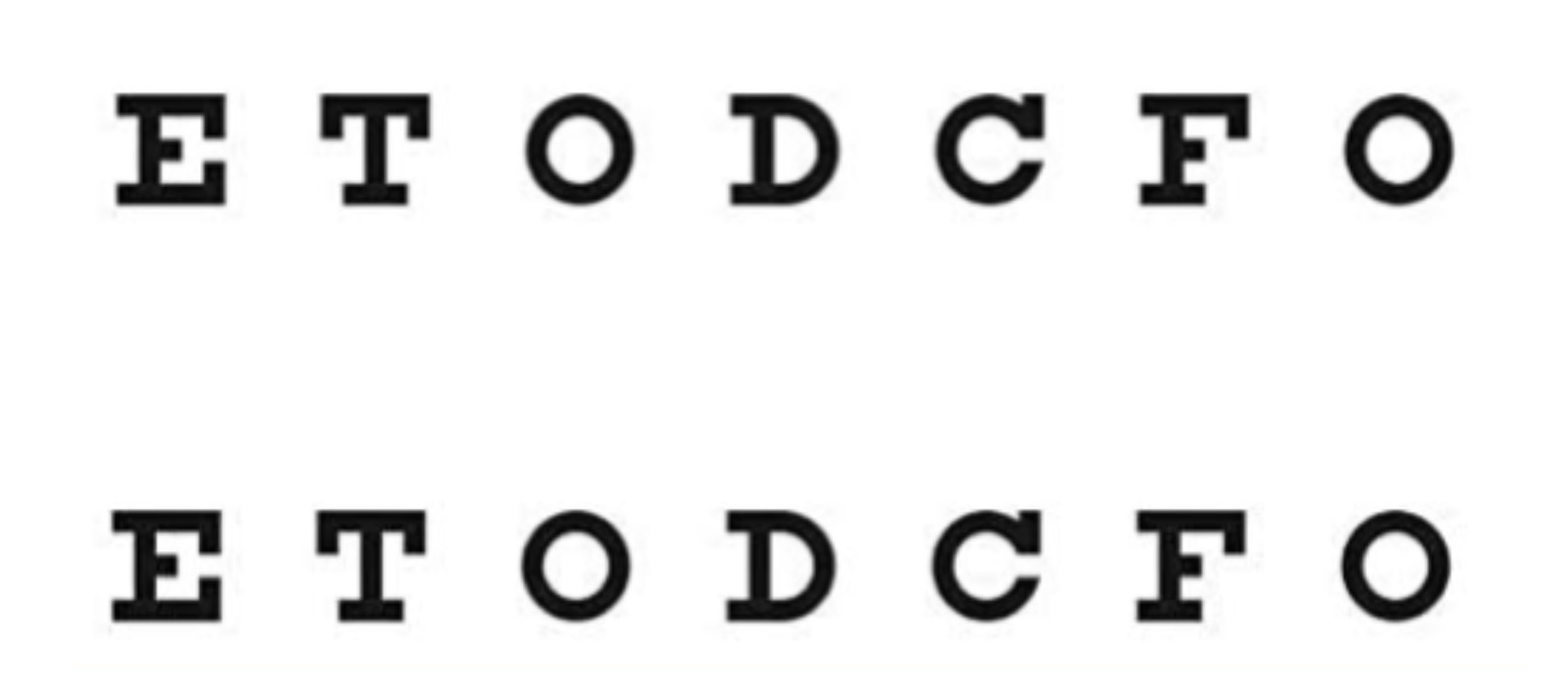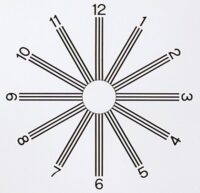Bichrome prism dissociated method
The prism dissociation and alternate occlusion test are only used when both eyes have similar monocular visual acuity. If monocular corrected visual acuity is not the same for both eyes, the bichrome prism dissociated method is used. Procedure of bichrome binocular balancing









